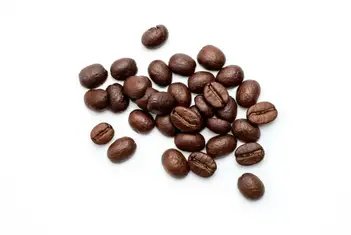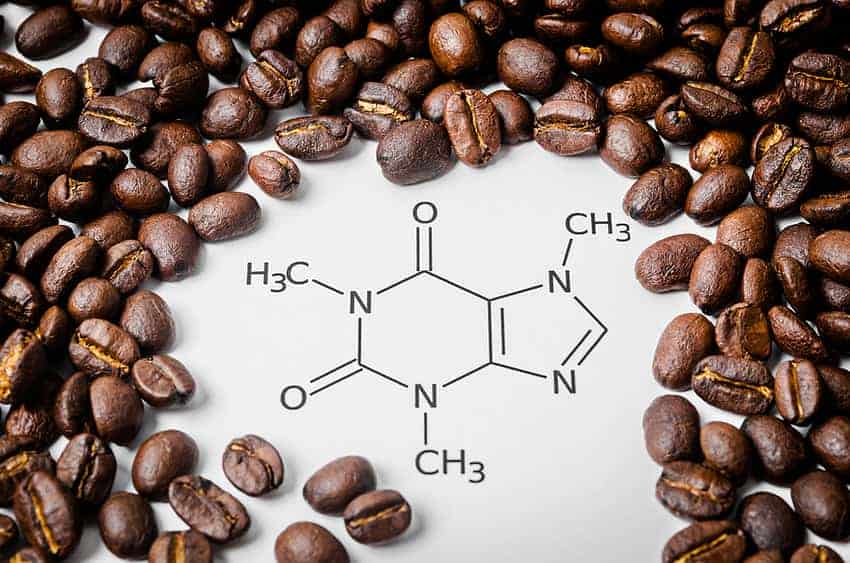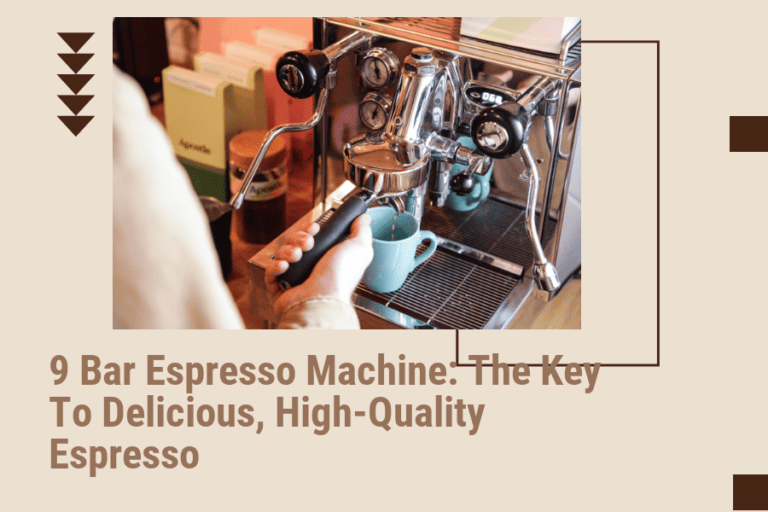Difference Between Espresso Beans and Coffee Beans.A Guide to Choosing Your Daily Fix

For coffee lovers, knowing the difference between coffee beans and espresso beans is essential for achieving the perfect cup of coffee or shot of espresso. While coffee and espresso both come from beans, the brewing method, roast level, and type of bean used make a significant difference in taste and caffeine content.
What is the difference between coffee beans and espresso beans?
Understanding the basic coffee bean
Before discussing the differences between coffee and espresso beans, it is essential to have a basic understanding of coffee beans. Arabica and Robusta are the two most common types of coffee beans. Arabica beans are more common in specialty coffee and are known for their smooth, well-balanced flavors. In contrast, Robusta beans are more widely used in espresso blends for their intense flavor and high caffeine content.
Differences in roast level
The roast level of beans is another critical factor that differentiates coffee and espresso. Coffee beans are typically roasted to a medium or medium-dark level to produce a balanced flavor. On the other hand, espresso beans are roasted to a dark level, which creates a bold, rich flavor that stands up well to milk in espresso drinks.
Caffeine content
Espresso typically has higher caffeine content than regular coffee due to the type of bean used and the brewing method. Espresso shots are a concentrated form of coffee that contains more caffeine per ounce than drip coffee. However, the overall amount of caffeine in a cup of coffee depends on many factors, including the type of bean used, the roast level, and the coffee-to-water ratio.
Can espresso beans be used for regular coffee?

Understanding the basic espresso bean
Espresso beans are roasted to a dark level, which creates a bold flavor that stands up well to milk in espresso drinks. However, this roast level may not be ideal for regular coffee.
Differences in roast level
Coffee beans are typically roasted to a medium or medium-dark level, which produces a more balanced flavor and aroma. In contrast, espresso beans are roasted to a much darker level, which results in a bold, rich flavor that may be too intense for regular coffee.
Using espresso beans for regular coffee
While it is possible to use espresso beans for regular coffee, it is not recommended. The bold flavor and roast level of espresso beans may overpower the delicate flavors of regular coffee, resulting in a bitter or burnt taste.
Which roast is better for espresso: dark or light?
Understanding the difference between roast levels
The roast level of beans is a crucial factor in determining the flavor and aroma of espresso. Generally, the darker the roast, the stronger and more intense the flavor. In contrast, lighter roasts have a milder flavor and retain more of the bean’s original characteristics.
Effects of roast level on espresso flavor
Dark roast beans are preferred for espresso because they produce a bold, rich flavor that stands up well to milk in espresso drinks. In contrast, light roasts may result in a more acidic or sour taste that does not complement espresso.
Recommendations for choosing the right roast
When choosing a roast for espresso, it is essential to consider personal taste and the desired flavor profile. For those who prefer a bold, intense flavor, a dark roast may be the best option. For those who prefer a milder flavor with more nuanced aroma and flavor, a lighter roast may be the better option.

Can you make espresso with regular coffee beans?
Differences in bean characteristics
Regular coffee beans are typically roasted to a medium or medium-dark level, unlike espresso beans, which are roasted to a dark level. Additionally, espresso beans are ground much finer than regular coffee beans to allow for the high pressure extraction that produces a shot of espresso.
Factors that affect espresso extraction
Several factors affect how espresso is brewed, including the grind size, water temperature, and brewing time. Using regular coffee beans for espresso may result in a weaker shot due to the coarser grind and lower caffeine content.
Effects on flavor and crema
The flavor and crema of espresso made with regular coffee beans may differ from espresso made with espresso beans due to the difference in roast level and grind. Espresso made with regular coffee beans may have a less intense flavor and less prominent crema, resulting in a less satisfying shot.
What type of coffee is best for making espresso?
Differences in bean varieties
While Arabica and Robusta beans are common types of coffee beans, not all Arabica or Robusta beans are ideal for espresso. Espresso requires beans that have a strong, bold flavor and high caffeine content, which is why Robusta beans are more commonly used in espresso blends.
Factors that affect espresso extraction
Several factors affect how espresso is brewed, including the grind size, water temperature, and brewing time. Choosing the right type of coffee bean is crucial for achieving the desired flavor and aroma in espresso.
Recommendations for choosing the right coffee
When choosing coffee for espresso, it is essential to consider the characteristics of the bean, such as the roast level, origin, and caffeine content. For those who prefer a bold, intense flavor, a blend with a high percentage of Robusta beans may be best. However, those who prefer a milder flavor with more nuanced aroma and flavor may prefer an Arabica blend.
In conclusion, the difference between espresso beans and coffee beans lies in the roast level, bean characteristics, and brewing method. While espresso and coffee both come from beans, the differences in preparation and taste make it essential to choose the right type of beans for the desired result.





